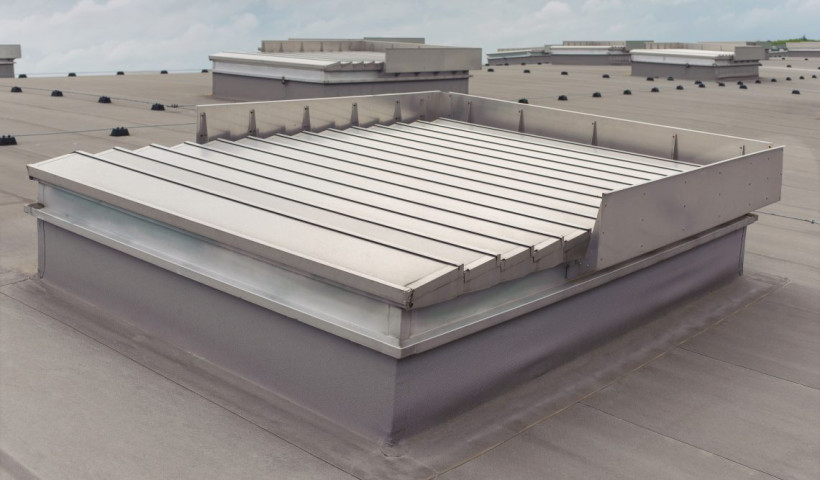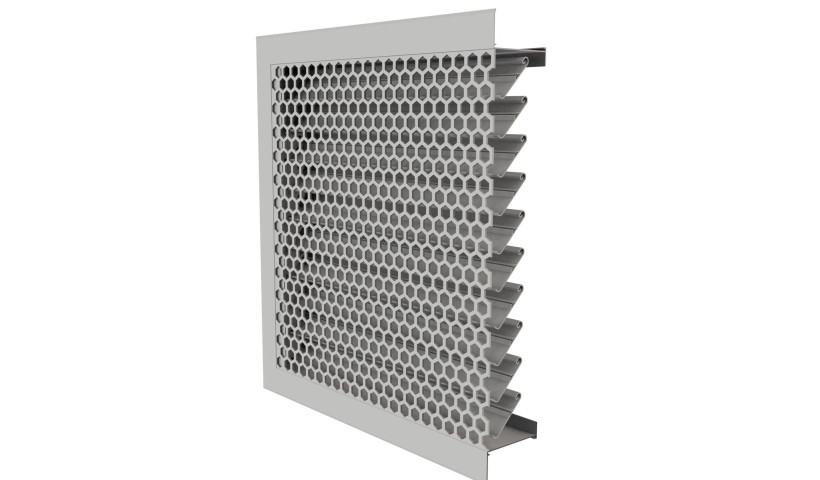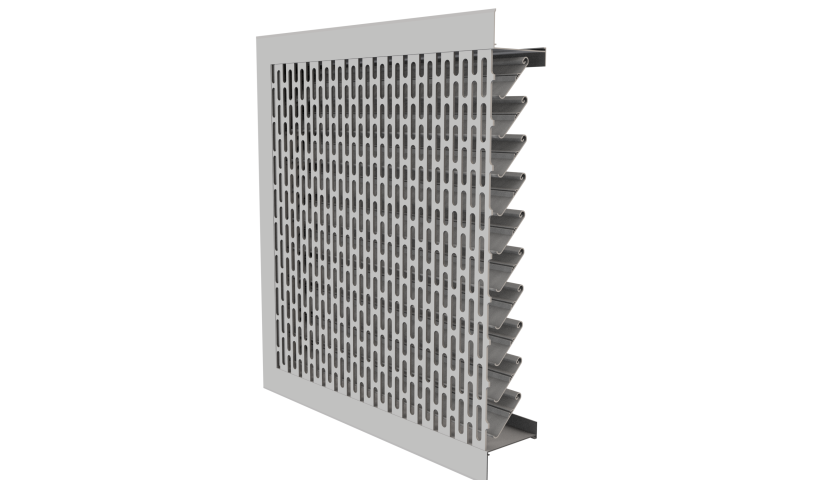
The New Zealand Building Code states that “for each living room, dining room, kitchen and bedroom, the total ‘openable area’ of windows, doors or skylights must be at least five per cent of the floor area of the room”.
That clause was written in 1947 and times have changed. Yet there seems to be a general acceptance that as long as buildings meet the magic 5% number for ventilation, buildings constructed today should be considered healthy and safe. We don’t think that’s strictly true.
The formula for achieving 5% doesn't add up
Calculating the total floor area of a room is straightforward enough. Simply multiply the width of the room by the length. It’s hard to argue with that maths.
To calculate the openable area of windows, doors or skylights, the code states you should “measure the section of the windows, doors and skylights that open, excluding fixed frames…It doesn’t matter if one window or door opens further than another — if they open, the measurement of the full area should be included”.
The last few words are concerning. It should matter how much the window or door opens because it has a direct effect on the amount of outside air the opening allows in. Because what if the windows open less than 30 degrees? In the UK, they take this into account and it would mean the openable area should be increased to 10%, double what we have here.
5% might be perfectly adequate if the window/door can be fully opened but the fact that’s not the case would seem to be a glaring omission. And this is before we talk about other factors we believe make the 5% rule insufficient for healthy homes.
Airtightness in buildings
The airtightness of NZ building stock has steadily improved. Use of sheet lining materials, better fitted doors and windows, has all contributed to a steadily improving level of airtightness.
The drive to improve airtightness is energy efficiency, and BRANZ is pushing for an optional target level of three air changes per hour at 50 pascals pressure. This can lead to unintended consequences which they are fully aware of when they say “as airtightness in houses has improved over time, more newer houses are likely underventilated”.
Tellingly, BRANZ also says: “Any initiative to set a target for airtightness in residential buildings should also therefore include more comprehensive ventilation requirements than are presently in the Building Code.”
How many people are inside the building?
The number of people in a building will have a direct effect on the level of ventilation required to maintain a healthy environment. Yet the ‘magic number’ makes no allowances for rooms such as classrooms, which are frequently full. A study into ventilation in 12 schools in the Wellington region revealed issues with airborne fungi and bacteria. This varied by airtightness (or modernity) of the classroom but in all cases it can be surmised there was not enough adequate ventilation, meaning the 5% rule does not, and likely did not, ever deal with the issues or airborne contamination sufficiently.
Where to from here?
The only conclusion to draw is the same one that most ventilation experts, BRANZ and others have already settled on. Namely, the code as it stands is not sufficient to meet ventilation needs.
This is why we recommend consulting with ventilation solution experts such as Ventüer, who can accurately assess the ventilation needs for specific projects to make sure the ventilation provided does more than meet the Code, namely that it meets the needs of the developer and occupants.













 New Products
New Products


















 Popular Products from Ventüer
Popular Products from Ventüer


 Most Popular
Most Popular


 Popular Blog Posts
Popular Blog Posts
